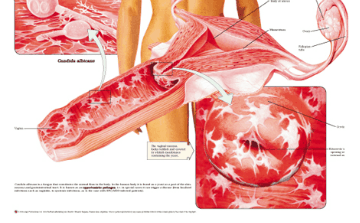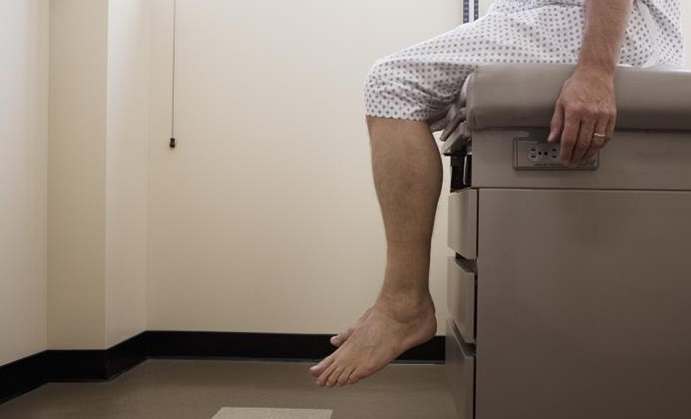A lot of people still assume that yeast infection is a type of STD and while yeast infection does spread through physical contact it does not immediately mean that it is a form of STD. Every individual has yeast within their body but our body is able to control their production with the help of the immune system.
Yeast infections mostly appear around the mouth area and may spread if not treated as soon as possible. Yeast infections can develop when the body has a weakened immune system. This is why yeast infection or candidisasis is common with individuals who are suffering from human immunodeficiency virus (HIV) as this ailment steadily destroys the body’s immune system. Yeast infection can be particularly dangerous for those who have HIV.
A certain type of yeast infection called candida labicans can cause vaginitis. Vaginitis is a pretty common yeast infection that is prevalent in most women. Most women would have also experienced vaginitis at least once in their life.
What is the Cause of Yeast Infections?
 Finding yeast within the body is not instantly considered to be an infection. It is only considered that once an overgrowth is spotted around the vagina. This can be distinguished by an inflammation or when pain is felt during intercourse. Another symptom of yeast infection is a burning feeling during urination and vaginal discharge that is significantly more severe than normal.
Finding yeast within the body is not instantly considered to be an infection. It is only considered that once an overgrowth is spotted around the vagina. This can be distinguished by an inflammation or when pain is felt during intercourse. Another symptom of yeast infection is a burning feeling during urination and vaginal discharge that is significantly more severe than normal.
Yeast infection can increase its rate of growth if the person is already suffering from a medical condition such as respiratory tract infection or urinary tract infection. This is because the medication that is normally prescribed to these conditions has immunity suppressing effects.
People who have taken cortisone or underwent chemotherapy are also at a higher risk of developing yeast infection. Pregnancy can also increase risk of yeast infection as well as high blood sugar. While yeast infection is not categorized as a sexually transmitted disease, males might experience skin irritation if their partner currently has yeast infection.
If you believe you have yeast infection it is highly advisable that you immediately consult with your doctor to take the necessary steps to treat the condition before it worsens.
Yeast Infection Treatment
 Antifungal creams are the go to medication for yeast infection as this is basically a case of uncontrollable growth of fungus in the body. Mild cases will only need minute dosage of creams applied over the affected area regularly. However, severe cases of yeast infection will need advanced treatments which will be provided to you by your doctor.
Antifungal creams are the go to medication for yeast infection as this is basically a case of uncontrollable growth of fungus in the body. Mild cases will only need minute dosage of creams applied over the affected area regularly. However, severe cases of yeast infection will need advanced treatments which will be provided to you by your doctor.
The most common treatment prescribed for yeast infection is usually includes the use of fluconazole. Antifungal creams with fluconazole are highly available for the public from their local pharmacies. Women on the other hand might be given suppository medications instead as they usually act faster as they are used directly on the affected part.
People need to be better educated when it comes to STDs. Yeast infection might appear to be another form of STD but it is quite different. Searching for treatment should not be a cause of embarrassment for the one suffering this condition. Treatment is easily available so prevent exacerbating the condition which might lead to life threatening incidents in the future.
Do you want to find an effective Candida treatment? Check out our top rated Candida products










